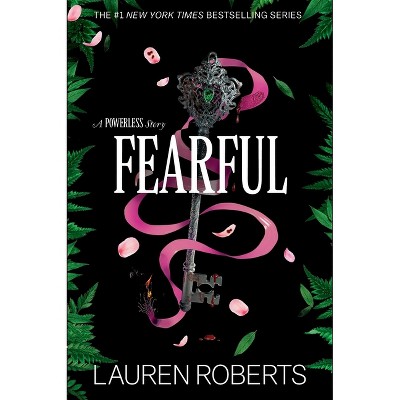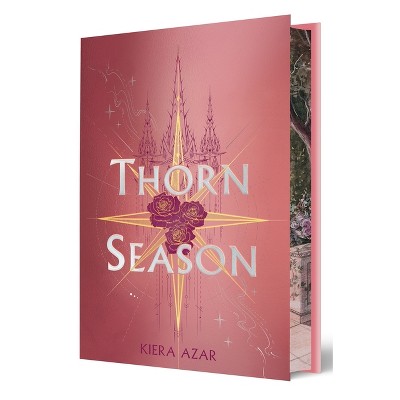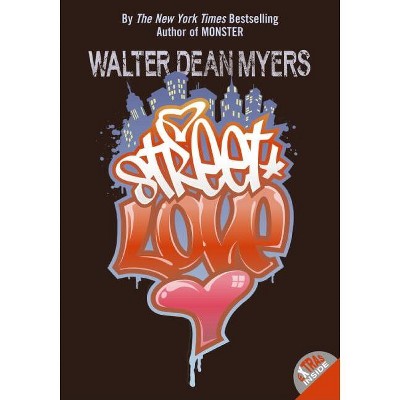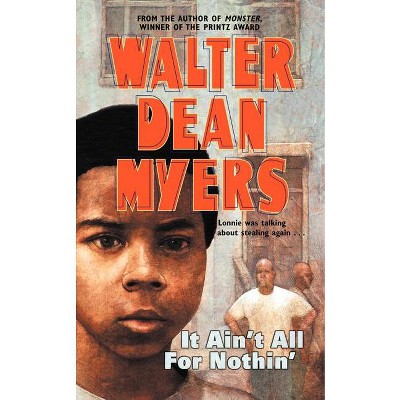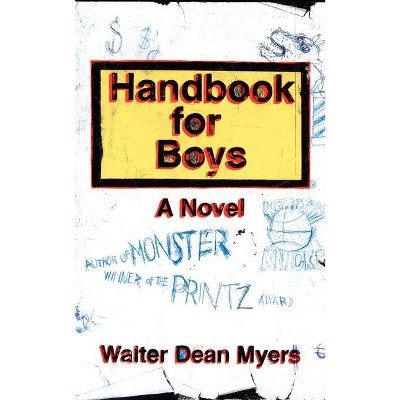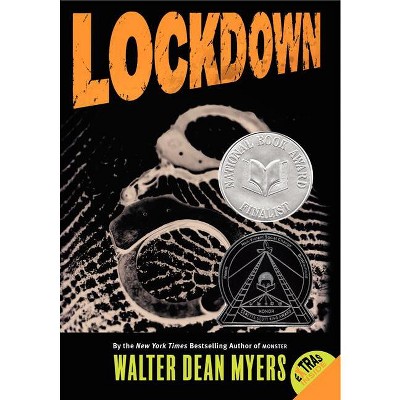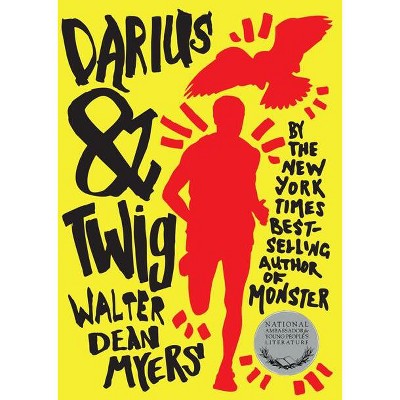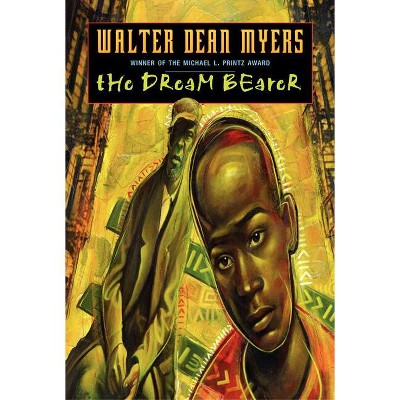Sponsored

Juba! - by Walter Dean Myers
In Stock
Sponsored
About this item
Highlights
- In New York Times bestselling author Walter Dean Myers's last novel, he delivers a gripping story based on the life of a real dancer known as Master Juba, who lived in the nineteenth century.This engaging historical novel is based on the true story of the meteoric rise of an immensely talented young black dancer, William Henry Lane, who influenced today's tap, jazz, and step dancing.
- 208 Pages
- Young Adult Fiction, People & Places
Description
About the Book
In Five Points, New York, in the 1840s, African American teenager William Henry "Juba" Lane works hard to achieve his dream of becoming a professional dancer but his real break comes when he is invited to perform in England. Based on the life of Master Juba; includes historical note.Book Synopsis
In New York Times bestselling author Walter Dean Myers's last novel, he delivers a gripping story based on the life of a real dancer known as Master Juba, who lived in the nineteenth century.
This engaging historical novel is based on the true story of the meteoric rise of an immensely talented young black dancer, William Henry Lane, who influenced today's tap, jazz, and step dancing. With meticulous and intensive research, Walter Dean Myers has brought to life Juba's story.
The novel includes photographs, maps, and other images from Juba's time and an afterword from Walter Dean Myers's wife about the writing process of Juba!
From the Back Cover
New York City's Five Points district in 1846 is a volatile mixture of poor blacks and immigrants from Europe. William Henry Lane is a teenager working odd jobs to make ends meet, but he really loves to dance. Watching the other dancers in Five Points, and practicing when he can, he gets so good that he begins to call himself "Master Juba."
Master Juba is just another entertainer, dancing in return for supper money, until he is brought to the attention of Charles Dickens, the great English novelist. Dickens writes about Juba and his dancing in his book American Notes, and it is as "Boz's Juba" (Boz was Dickens's nom de plume) that Juba performs in England with the Pell Serenaders. Juba quickly finds that, in London, he's turning heads and taking the city by storm with his dancing skills and sense of rhythm.
But what will Juba do when the Serenaders have to return to the United States? Slavery has been abolished in England; in the U.S., it still exists in all its ugliness. Free black men and women are often captured in the North and sent down South as slaves. England offers freedoms that Juba could only dream of in the States, and returning home may prove a dangerous decision.
This novel is based on a true story, the intricacies of Juba's meteoric rise as an explosive young black dancer brought to life by Walter Dean Myers through meticulous and intensive research.
Review Quotes
"Myers' moving prose captures the dizzying speed with which the immensely talented Juba's star eventually rises. Poignant, revealing period fiction about race and art in pre-Civil War America." - Kirkus Reviews
"An intriguing glimpse into America's past." - Booklist
"[A] rich story." - Publishers Weekly
Shipping details
Return details
Trending Teen & Young Adult Books
